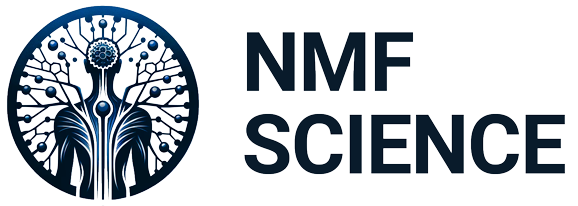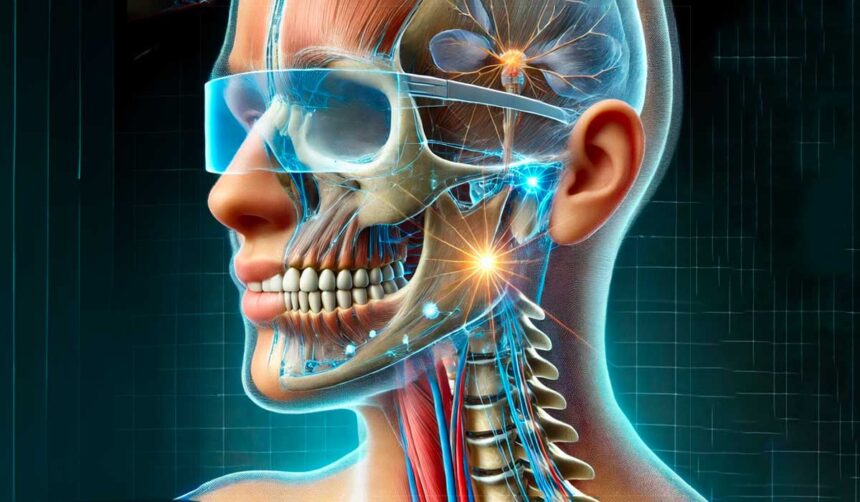Welcome to a transformative journey into the heart of TMJ disorders, guided by my expertise in Neuromyofascial Science. I’ve dedicated my career to unraveling the complexities of TMJ, a condition that afflicts a significant portion of the population with jaw pain, stiffness, and dysfunction. Through years of research and clinical practice, I’ve developed an innovative approach that views TMJ not just as an isolated condition but as a symptom of broader neuromuscular imbalances. Join me as we explore the cutting-edge treatments and rehabilitation techniques that are reshaping the landscape of chronic pain management and offering new hope to those bound by the constraints of TMJ.
What do Clay Aiken, Burt Reynolds, and LeAnn Rimes have in common?
They all reportedly suffered from chronic TMJ and jaw pain. TMJ, also known as temporomandibular joint dysfunction, causes jaw muscle, joint, and dental pain. Jaw pain is quite common, with some studies suggesting between 1 in 4 to 1 in 3 people suffer from jaw disorders. It is commonly seen in pain clinics and is associated with neck injuries, whiplash, and concussions.
Diagnosis and Treatment
Given my focus on diagnosing and treating complex head and neck injuries through the lens of Neuromyofascial Science, virtually all my patients experience TMJ, many unaware of their dental grinding, jaw stiffness, clicking, and pain—until it’s brought to their attention.
Origins of TMJ
At my private clinic, I have reverse-engineered the origins of most forms of TMJ, mapping the multiple sites that drive the jaw muscles to chronically clench or tighten, causing a form of dystonia. In my opinion, most TMJ has an element of dystonia where the muscles are driven into constant or near-constant spasm. I can often identify injuries involving parts of the neck, upper back, and facial areas that push the jaw muscles into this spasm.
Specialized Rehabilitation Care
With special rehab care applied to certain areas of the neck, spine, and jaw, most TMJ can be greatly improved or completely recovered. Ignoring the problem can lead to total destruction of the jaw joint, requiring joint replacement and resulting in a very chronic pain disorder.
Reflecting on our exploration of TMJ and its profound connection to neuromyofascial science, it’s evident that the journey towards healing requires more than just surface-level interventions. My work embodies a commitment to pioneering a future where comprehensive, non-invasive treatments revolutionize our approach to chronic pain. By embracing the interconnectedness of the body’s neuromuscular systems, we unlock the potential for lasting recovery, empowering individuals to reclaim their health and vitality. I invite you to continue this journey with me, as we strive towards a world where everyone has access to the transformative power of Neuromyofascial Science.
Medical Disclaimer:
The information provided in this article is for educational and informational purposes only and is not intended as a substitute for professional medical advice, diagnosis, or treatment. Always seek the advice of your physician or another qualified health provider with any questions you may have regarding a medical condition or treatment and before undertaking a new health care regimen, regardless of your location. Never disregard professional medical advice or delay in seeking it because of something you have read on this website.
AI Disclaimer:
The images and abstracts featured in our blog posts are generated using artificial intelligence. While we strive for accuracy and relevance, there may be occasional discrepancies or errors. We appreciate your understanding and encourage readers to consider the context and intent behind these AI-generated elements.




